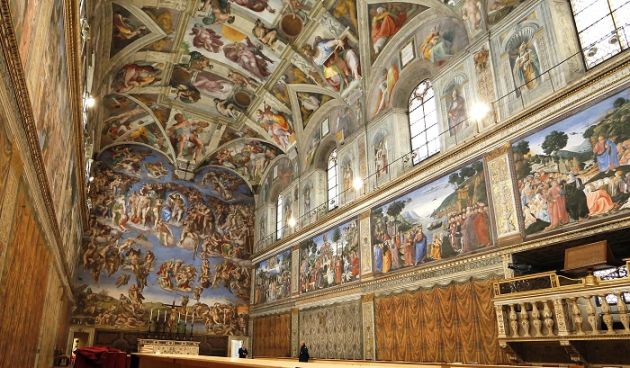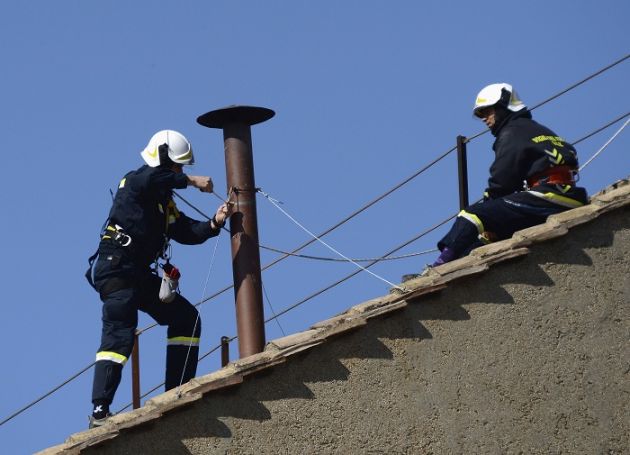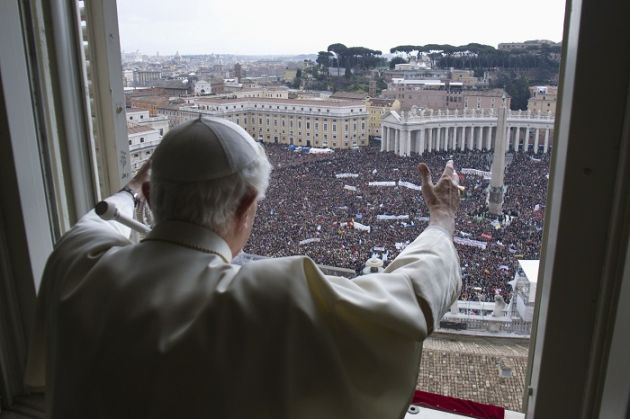How cardinals in conclave will elect new pope

Cardinals gathered in Rome to elect the next pope are taking the Sunday off by celebrating or leading mass around the city, but come Tuesday they will lock themselves in the ultra-secret conclave to cast ballots on the new pontiff.
It is likely that by the end of the week, the world's 1.2 billion Catholics will greet their new pope. In the 110-year history of the conclaves, no gathering of the College of Cardinals for a papal election has lasted longer than five days.
Usually there is a period of mourning for the pope's funeral before the conclave commences. Since Pope Benedict XVI resigned from the post, he modified the rules so that the meeting would begin earlier.

The cardinals, who have been attended pre-conclave meetings over the past week, will begin their day Tuesday with a special Mass in St. Peter's Basilica. Afterwards, all 115 cardinals will enter the Sistine Chapel, where they will cast ballots once on Tuesday and four times each day until a pope is elected.
Two Pontifical Swiss Guards protect the Sistine Chapel doors once the cardinals are inside.
In order for a new pontiff to be elected, a two-thirds vote is required among the 115 attending cardinals. Only cardinals under the age of 80 are eligible to vote and while there are technically 117 eligible cardinals, one opted out due to health reasons and the other declined to go because of a scandal.
- Poll: Catholics say Church out of touch, want change
- Pope says farewell to cardinals, flies out in helicopter
- World Council of Churches head lauds Pope's Christian unity role
- Tens of thousands greet Pope Benedict for final general audience
- UK cardinal to miss conclave after 'inappropriate' behavior claims
- Pope says he is not abandoning the Church
- Poll: Most U.S. Catholics approve of new pope from global south
- Pope's successor might be from global south, first black pontiff
- Pope marks Ash Wednesday with final mass, major liturgical event
- Pope Benedict XVI announces resignation
Cardinals voting will be eligible to become pope, but any baptized, unmarried Catholic male can also be selected as a pope. If a non-cardinal is elected as the next pontiff, he will immediately be made a bishop before being inaugurated as the pope.
Unlike the past few conclaves, there has not been a consensus on a clear frontrunner.
Cardinal Angelo Scola of Milan is considered the top Italian contender. Other leading candidates include Cardinal Odilo Pedro Scherer of São Paulo and Cardinal Peter Kodwo Appiah Turkson of Ghana. From the U.S., Cardinals Sean O'Malley of Boston and Timothy Dolan of New York are considered among the top choices for the new pope.
Recent polls have indicated that about six in ten U.S. Catholics believe it would be "good" if the next pope came from a developing region like Latin America, Asia and Africa.

The cardinals will notify the world on their election progress by burning ballots four times a day in specially designed stoves for the purpose. Black smoke rising from the chimney installed on the Sistine Chapel signals that a consensus has not been reached and white smoke and the ringing of bells announces the selection of a new pope.

Within the hour, the new pope will emerge on the balcony overlooking St. Peter's Square to make his debut. He will be introduced by his chosen papal name. The new pope will address the people and give his first official papal prayer. He will then be inaugurated during a special church ceremony days later.
(Photos from Reuters)
